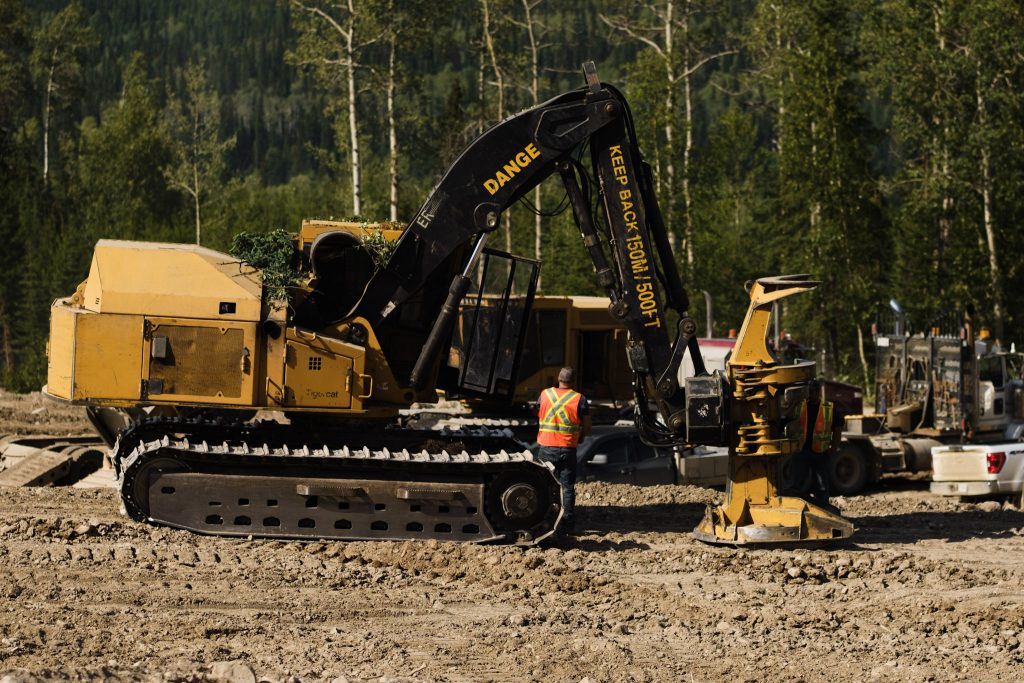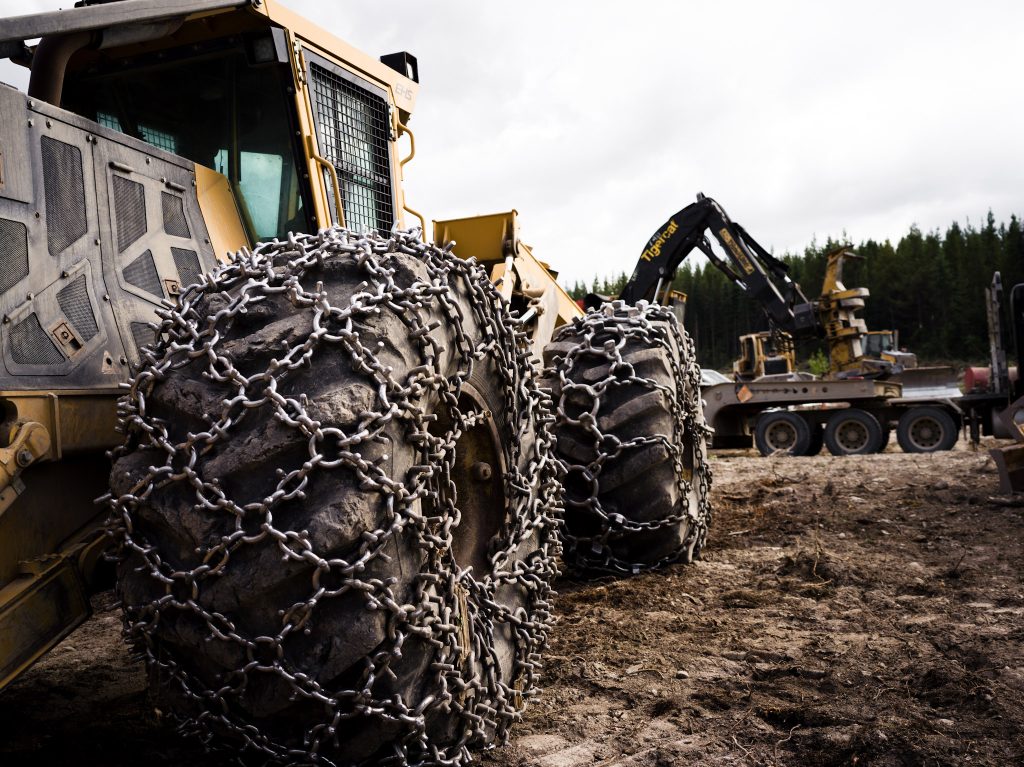
So far this wildfire season, more than 1.4 million hectares of land have burned in B.C. The record-breaking scale of this season’s area burnt so far is primarily the result of some very large fires burning in the Prince George Fire Centre in B.C.’s northeast. For example, in the Vanderhoof Fort St. James (VanJam) area, heavy equipment and operational partnerships have been imperative to the success of response so far this fire season.
Commonly used across logging, mining and farming industries, heavy equipment is an integral part of firefighting operations throughout British Columbia and the world.

Each year, the BC Wildfire Service engages independent contractors, which includes First Nation groups, small businesses, and major licensees, from across the province to provide a range of heavy equipment likely to be required in response to wildfire emergencies. These include:
- Dozers
- Excavators
- Feller buncher
- Skidders
- Water tenders
In this video hear from Equipment Branch Directors Bruce Raby and Shane Derhousoff explain how BC Wildfire utilise heavy equipment strike teams in response to the ongoing wildfire emergency.
Operating side-by-side with BC Wildfire firefighters, heavy equipment is primarily engaged to build guards that support or make use of existing fuel breaks, including roads and natural features (such as rivers), to minimise additional damage to the natural environment. The regional knowledge and expertise brought by local contractors and First Nations helps BCWS crews to make informed choices about how to create the most effective guard while making the smallest impact possible to ecosystems.
Heavy equipment is set up to run both day and night in support of BC Wildfire crews. Guards are created in such a way that they can be used by fire crews to implement direct or indirect fire attack strategies.
Learn more about how BCWS works with heavy equipment.
